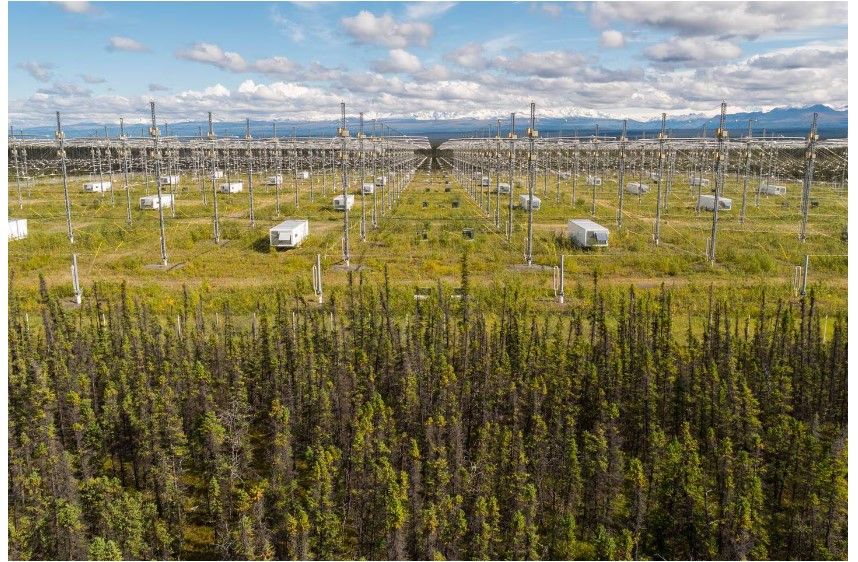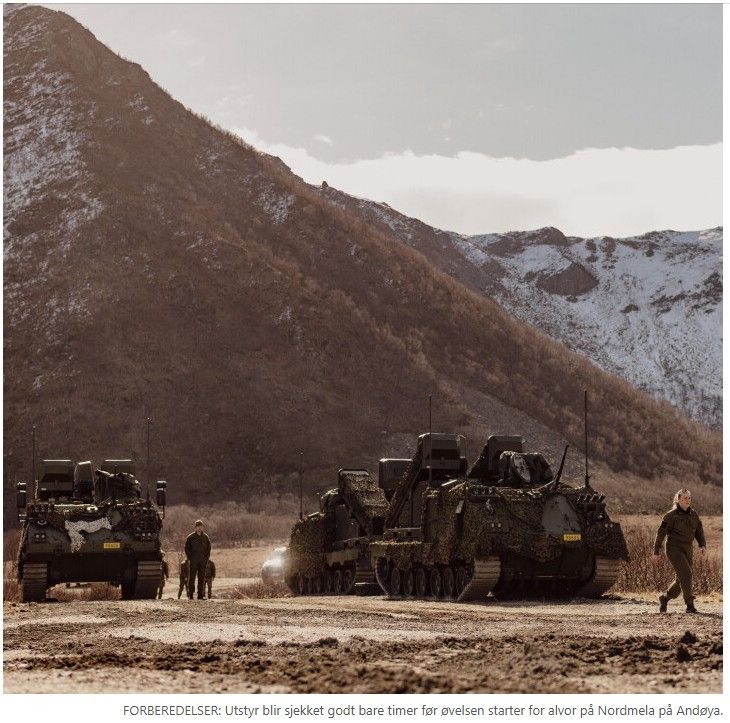Updated: November 4, 2023Published: November 4, 2023
:quality(70)/cloudfront-us-east-1.images.arcpublishing.com/adn/OW2SAXKQT5BOHDLBGWC2IL655Y.jpg)
Watchers of the night sky along much of Alaska’s road system may catch a colorful splotch of light up high in the air over the weekend. Though it might look like the aurora, the red or greenish “airglow” in the ionosphere is a byproduct of a rare, four-day-long set of experiments at the High-frequency Active Auroral Research Program — or HAARP — in Gakona.
“Each day, the airglow could be visible up to 300 … miles from the HAARP facility,” according to a statement from the Geophysical Institute at the University of Alaska Fairbanks.
By creating an artificial aurora with equipment on the ground, researchers hope to learn more about the natural aurora.
The research campaign was scheduled to take place from Saturday through Tuesday.
HAARP is composed of instruments designed to study the ionosphere, the area roughly 50 to 400 miles above Earth, separating the livable surface of the planet from space.
High-frequency radio pulses will excite electrons in the ionosphere, artificially mimicking the same phenomenon that causes the northern lights naturally from solar energy kicked off by the sun.
The experiments are being conducted by UAF and several out-of-state research programs.
“Scientists will investigate ionosphere mechanisms that cause optical emissions,” according to the statement. “And they’ll investigate how satellites can use plasma waves in the ionosphere for collision detection and avoidance.”
One application of the research is developing a new method for tracking “space junk,” the remnants of man-made objects like old launch vehicles or bits of spacecraft trapped in Earth’s orbit, according to Paul Bernhardt, HAARP’s chief scientist.
“Traditionally, space debris are observed with satellite and ground sensors that use optics and ranging radars. These methods, however, cannot detect many smaller debris. University scientists have suggested a novel technique for locating space debris by measuring the electric fields that surround them while in motion,” Bernhardt said.
The HAARP site is about 200 miles northeast of Anchorage and about 230 miles southeast of Fairbanks, two of the state’s main population centers.
A much smaller version of the experiment took place in 2017, with researchers using ground equipment to stimulate an artificial aurora “the size of a thumbnail at arm’s length,” according to a university publication at the time.
“The angle of visibility for anyone wanting to look for it will depend on a person’s distance from HAARP,” the Geophysical Institute said in this week’s statement. “Because of the way the human eye operates, the airglow might be easier to see when looking just to the side.”
“Clear skies make for the best viewing. If visible, it will look like a broad airglow cloud,” said HAARP Director Jessica Matthews.
Though the experiments have a tentative schedule, Matthews cautioned they are subject to ionospheric and geomagnetic conditions, and could be rescheduled or canceled if those are not met.
The work is part of a $9.3 million grant from the National Science Foundation to learn more about the upper atmosphere and geospace.
Originally developed by the U.S. military, HAARP has long been the subject of conspiracy theories. After control of the facility was transferred to the University of Alaska in 2015, officials there began hosting an annual open house event in the hopes of dispelling those notions.
Do you have additional ideas for coverage on this topic? Do you have questions? Do you see an error? What’s missing? Are you involved in the story or affected by it and have additional thoughts about it? Let us know here.
0/1000
Your contact info:
Thank you for reaching out. A reporter may be in touch to talk with you about your experiences. We won’t publish any information about you without checking with you first.
Yes, I want to sign up for the ADN’s daily newsletter to get the latest updates on local news, politics, and other topics in Alaska.
Please don’t publish my name
I am over 16 years old
I accept the Terms of ServiceSubmit
Powered by Hearken | Terms of Service | Privacy PolicyZachariah Hughes
Zachariah Hughes covers Anchorage government, the military, dog mushing, subsistence issues and general assignments for the Anchorage Daily News. He also helps produce the ADN’s weekly politics podcast. Prior to joining the ADN, he worked in Alaska’s public radio network, and got his start in journalism at KNOM in Nome.












+ There are no comments
Add yours